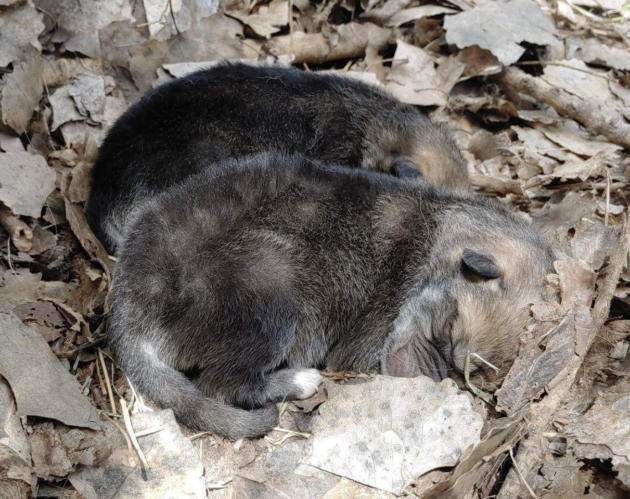Opinion: We can coexist with the lobos
Celebrating 35 years as a leader and pioneer in the field of human-wildlife coexistence, Defenders of Wildlife has named 2019 the Year of Coexistence. A year to redouble our commitment to living in harmony with wildlife, and protecting all native animals and plants in their natural habitats, even as our human communities expand.
Earlier this year, scientists sounded the alarm that one million species are now threatened with extinction because of humans. Innovative, science-based tools and strategies are necessary to help people share the landscape with precious natural resources and species, such as, in the Southwest for instance, the Mexican gray wolf, or lobo. As populations grow — both human and wild wolf — and new territories and neighborhoods are established, the demand for partnership projects will only increase.
The lobo is one of the world’s rarest land mammals. Following the passage of the Endangered Species Act, recovery began with a captive population of just seven wolves following the eradication of the wild population. In 1998, the U.S. Fish and Wildlife Service, led by Jamie Rappaport Clark — now president and CEO of Defenders of Wildlife — released 11 wolves back into the wild in Arizona.
Since then, we have forged coexistence projects in partnership with rural community leaders, ranchers, tribes, and state and federal agencies to help populations of this captivating keystone species — a species that helps define an entire ecosystem. By reducing conflicts between wolves and livestock, we aim to increase tolerance for wolves.
Successful recovery will require broad adoption and expansion of conflict avoidance planning, project coordination, and implementation of tools and strategies. Over the past year, for example, we have pursued numerous coexistence activities that include workshops and programs focused on predator and ungulate ecology, range riders, herding and livestock management strategies.

Kawi the Mexican gray wolf welcomed two baby lobos in May. Their father is Ryder. (Greg Jackson/Abq Biopark)
Through diverse partnerships, we’re developing new ways to protect both wolves and livestock while transforming the conflict that typically surrounds predator conservation into cooperation. We have partnered with the Mexican Wolf Interagency Field Team, which manages the wolf recovery on the ground, to provide staffing for wolf recovery efforts that include monitoring and conflict avoidance work.
We have co-sponsored a program with the White Mountain Apache Tribe in Arizona to hire six young tribal members for seasonal internships to work with the tribe’s wolf project field team and are helping to extend program year-round.
Defenders is a longstanding member of the Mexican Wolf-Livestock Council, which consists of ranchers from Arizona and New Mexico, environmental groups, tribes and two county coalitions dedicated to supporting a viable model for successfully coexistent ranching, self-sustaining wolf populations and healthy western landscapes in the American Southwest. We administer a program on conflict avoidance, presence-based incentives and livestock loss compensation via Wolf-Livestock Demonstration Project Grants, which depend on our financial contributions for the required non-federal match.
The recovery of the Mexican gray wolf faces additional challenges, including limited genetic diversity and high rates of illegal killing, but ensuring that wolves and people can coexist is an essential part of long-term success. We call on our local state and our federal leaders to fund these important collaborative solutions as partners in this effort so that we can once and for all achieve our vision where wolves and people together can both thrive.



